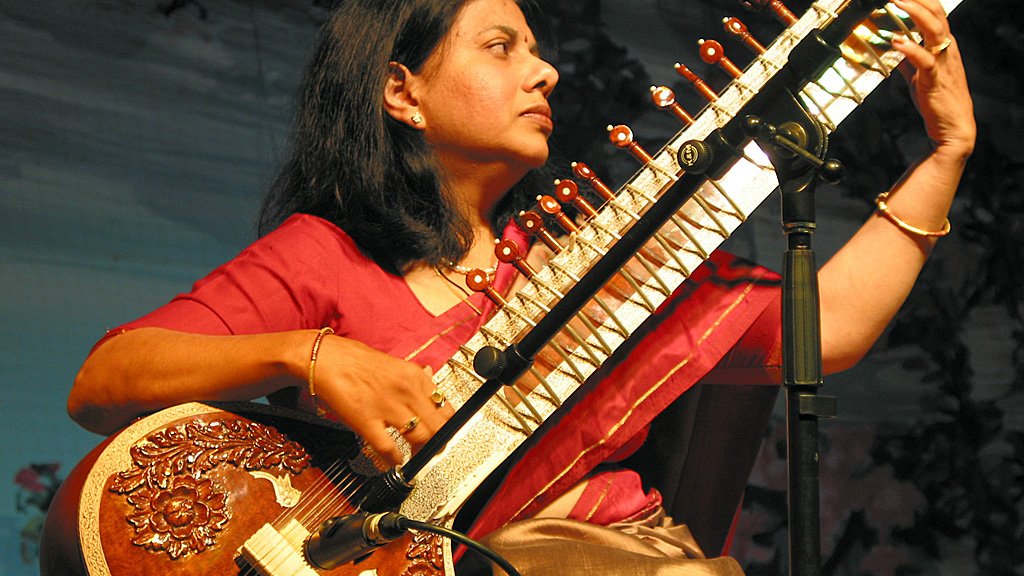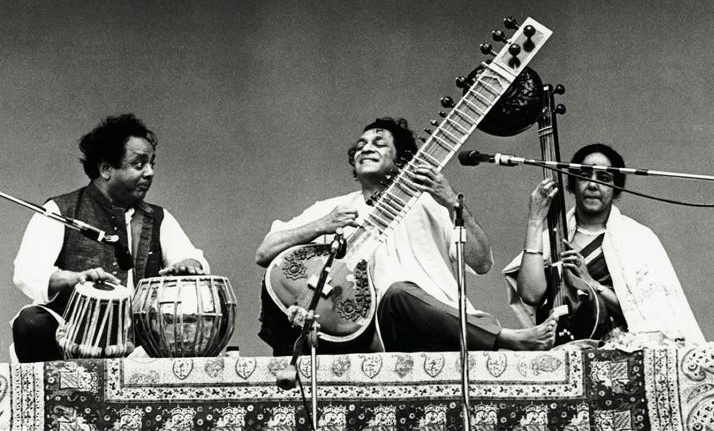Indian classical music is renowned for its complex structures and rich emotional depth. At the heart of this tradition are raagas, the fundamental melodic frameworks that guide compositions and performances. Raagas are not merely musical scales but are intricate systems that evoke specific emotions and moods. This article explores the concept of raagas, their structures, types, and their significance in Indian classical music.
What is a Raaga?
**1. Definition and Concept
Overview: A raaga (or raga) is a melodic framework in Indian classical music that provides the basis for improvisation and composition. It consists of a specific set of notes, their sequences, and unique rules for their application.
Core Elements:
- Arohana and Avarohana: The ascending (Arohana) and descending (Avarohana) sequences of notes that define the raaga.
- Vadi and Samvadi: The primary (Vadi) and secondary (Samvadi) notes that play a crucial role in the raaga’s melodic structure.
- Pakad: The characteristic phrase or motif of the raaga that captures its essence.
Examples:
- Raaga Yaman: Known for its serene and romantic quality, often performed in the evening.
- Raaga Bhimpalasi: Expresses longing and devotion, typically performed in the afternoon.
Types of Raagas
**1. Based on Time of Day
Overview: Raagas are traditionally associated with specific times of the day, reflecting the changing moods and energies of those times.
Categories:
- Morning Raagas: Raagas like Raaga Bhairav and Raaga Jog are performed in the early morning to evoke a sense of tranquility and devotion.
- Afternoon Raagas: Raagas such as Raaga Bhimpalasi and Raaga Desh are associated with the midday and afternoon, often conveying feelings of yearning and romance.
- Evening and Night Raagas: Raagas like Raaga Yaman and Raaga Darbari Kanada are performed in the evening and night, expressing serenity and depth.

Examples:
- Raaga Miyan Ki Todi: Associated with the early morning, known for its devotional and uplifting qualities.
- Raaga Hamsadhwani: Performed in the evening, characterized by its bright and auspicious mood.
**2. Based on Emotional Expression (Rasa)
Overview: Each raaga is designed to evoke specific emotions or moods, known as Rasa. These emotions range from joy and love to sorrow and devotion.
Categories:
- Shringar (Love): Raagas that express romantic and loving sentiments, such as Raaga Yaman and Raaga Desh.
- Bhakti (Devotion): Raagas that evoke a sense of devotion and spirituality, like Raaga Bhairav and Raaga Jaunpuri.
- Veer (Heroism): Raagas that inspire courage and valor, such as Raaga Marwa and Raaga Jaijaiwanti.
Examples:
- Raaga Darbari Kanada: Evokes a sense of solemnity and grandeur, often associated with heroism.
- Raaga Bageshree: Expresses longing and devotion, typically performed during late night.
Structure and Rules of Raagas
**1. Arohana and Avarohana
Overview: The ascending (Arohana) and descending (Avarohana) sequences of notes are crucial for defining the structure of a raaga.
Structure:
- Arohana: The sequence of notes used when ascending the scale.
- Avarohana: The sequence of notes used when descending the scale.
Examples:
- Raaga Yaman: Arohana – Sa Re Ga Ma (T) Dha Ni Sa, Avarohana – Sa Ni Dha Pa (M) Ga Re Sa.
- Raaga Bhimpalasi: Arohana – Sa Re Ga Ma Pa Ni Sa, Avarohana – Sa Ni Dha Pa Ma Ga Re Sa.
**2. Vadi and Samvadi
Overview: The Vadi (most important note) and Samvadi (second most important note) are key to defining the character and essence of a raaga.
Role:
- Vadi: The note that holds the central importance in the raaga, often highlighted during performance.
- Samvadi: The note that complements the Vadi, adding balance and harmony to the raaga.
Examples:
- Raaga Yaman: Vadi – Ga, Samvadi – Ni.
- Raaga Bhimpalasi: Vadi – Ni, Samvadi – Ga.
**3. Pakad
Overview: The Pakad is a distinctive phrase or motif that captures the essence of the raaga and is used to establish its identity.
Characteristics:
- Signature Phrase: A memorable sequence of notes that helps in identifying the raaga.
- Improvisation: Artists use the Pakad to create variations and improvisations within the raaga.
Examples:
- Raaga Yaman: Pakad includes the phrase Sa Re Ga Ma (T) Dha Ni Sa.
- Raaga Bhimpalasi: Pakad includes the phrase Sa Re Ga Ma Pa Ni Sa.
The Role of Raagas in Indian Classical Music
**1. Enhancing Emotional Expression
Overview: Raagas play a crucial role in enhancing the emotional expression of a performance, allowing musicians to convey a wide range of sentiments.
Role:
- Mood Setting: The raaga sets the mood and emotional tone of the performance.
- Improvisation: Musicians improvise within the framework of the raaga to express emotions and create a personal connection with the audience.
Examples:
- Raaga Bageshree: Used to evoke feelings of longing and devotion, often performed in the late night to create a deep emotional impact.
- Raaga Hamsadhwani: Known for its auspicious and uplifting mood, used to start performances on a positive note.
**2. Guiding Composition and Performance
Overview: Raagas guide the structure and form of compositions, influencing how melodies are constructed and performed.
Role:
- Composition Framework: Raagas provide a framework for composing new pieces, dictating the choice of notes and their sequences.
- Performance Practice: Musicians follow the rules and structures of the raaga during performances, ensuring adherence to its traditional form.
Examples:
- Compositions in Raaga Yaman: Traditional compositions that showcase the raaga’s melodic and emotional depth.
- Performance Styles in Raaga Bhimpalasi: Use of specific techniques and improvisations that highlight the raaga’s unique characteristics.
Conclusion
Raagas are the foundation of Indian classical music, providing a rich framework for composition and performance. Their intricate structures, emotional expressions, and rules guide musicians in creating profound and engaging musical experiences. Understanding raagas is essential for appreciating the depth and complexity of Indian classical music, highlighting the importance of melodic frameworks in shaping the country’s musical heritage.
The study of raagas offers valuable insights into the artistry of Indian classical music, revealing how these melodic systems contribute to the expression of emotions, storytelling, and cultural traditions. As musicians and audiences continue to explore and celebrate raagas, they play a vital role in preserving and evolving India’s classical music traditions.

